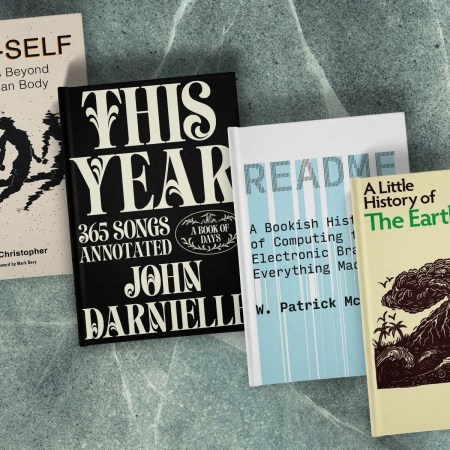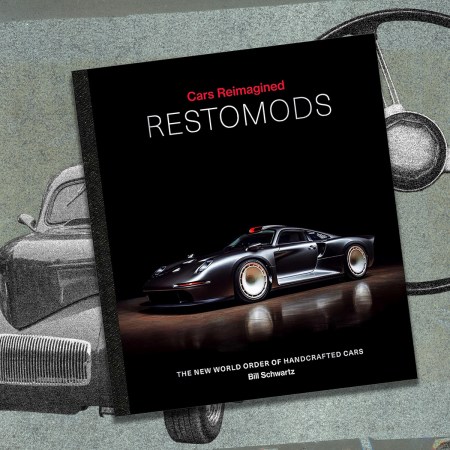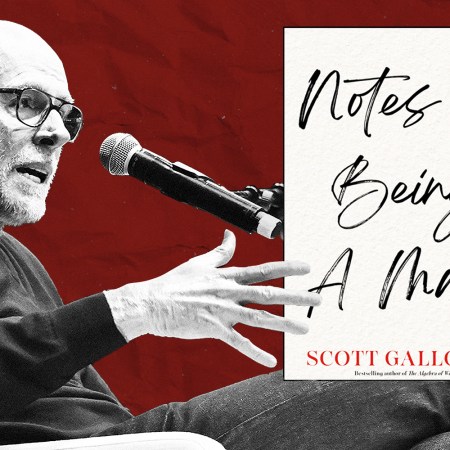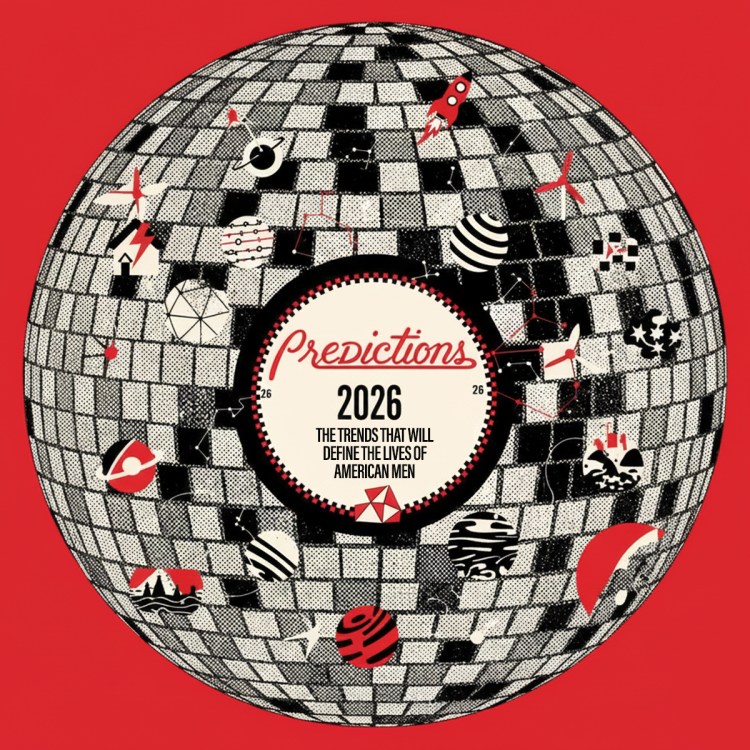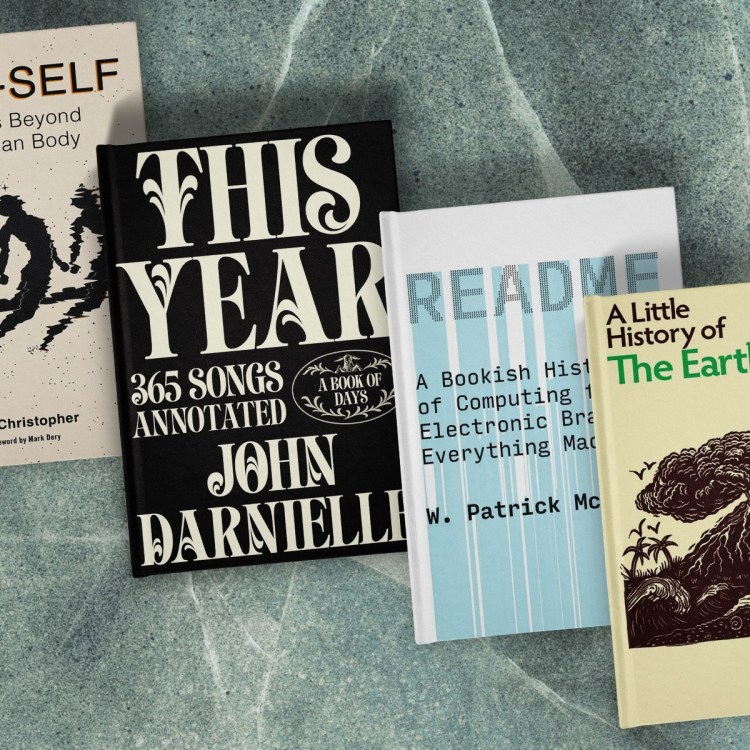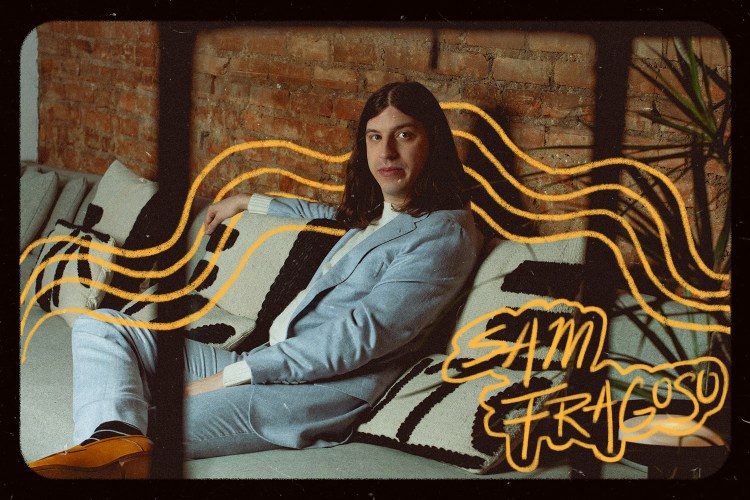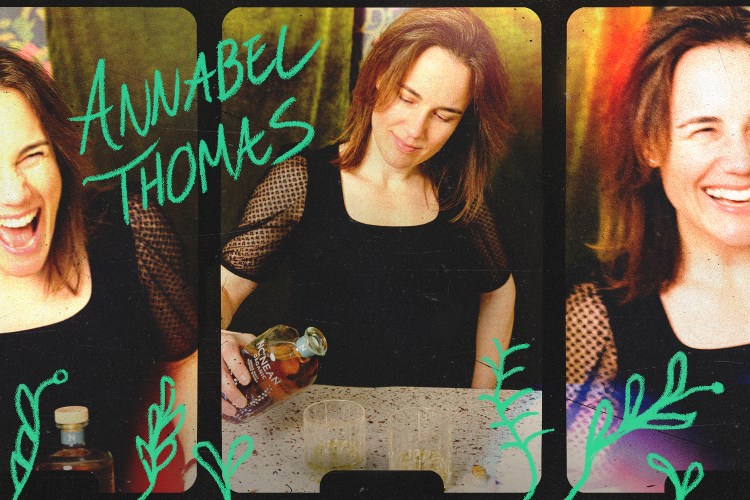Chapter One is RealClearLife’s conversation with debut authors about their new books, the people, places, and moments that inspire them, and the work that makes their literary hearts sing.
“I’d rather take a photograph than be one,” Vogue model Lee Miller decided when she first arrived in Paris in 1929. Soon after, she met the revered but deeply possessive Surrealist photographer Man Ray; who at first only viewed Lee as his potential muse. After many bold declarations and increasingly intimate moments under the cover of the darkroom, Man agreed to take her on as his assistant and teach her everything he knows. Their relationship grew from there into a tender, yet highly charged love affair. At least that’s how debut author Whitney Scharer imagined the courtship of Lee and Man for her new book, The Age of Light. Although both characters are real figures from history, the novel is a fictionalization of events and conversations that intertwine with the true story of Lee Miller’s prowess as one of the first-ever female war correspondents. Miller braved the battlefields of WWII and documented the horrors of concentration camps for all the world to see. But she herself came from a dreadful past—one that likely shaped who she was as both a person and partner.
Whitney Scharer’s “The Age of Light” is the fictionalization of real people from history.
RealClearLife: How did you learn about Lee? Did you already know her story before you set out to write about it?
Whitney Scharer: I didn’t know who she was and I studied photography my whole life! I knew about Man Ray, but not Lee. In 2011, I saw a joint exhibit of their work at the Peabody in Massachusetts and I left feeling so completely inspired by her. She lived this incredible life and reinvented herself again and again. Going to the exhibit filled me with unreasonable rage, like, ‘Why is she not more well-known?!’ Sometimes she’s described as the woman behind the man, and to some degree she was. She was his muse; she was a model but also a photographer in her own right. She stopped making art after WWII and put her life in boxes in her farm house attic and never addressed it again—people had no idea she was an artist. I’m hoping now she’ll get more attention.
RCL: Can you talk a bit about how and where you decided to play with the line between historical fact and literary fiction?
WS: Any historical fiction writer has to think very carefully about what they fictionalize when writing deeply about people who actually lived. I took this seriously and I created a philosophy for myself about how to go about that. A lot of the book is pure fiction, but a lot of those created parts were inspired from history. It’s like this part might be fiction, but I can point to this event in history so everything remains true to who they were. They [Lee and Man] are interacting with fictional characters in the book and obviously all conversations are imagined. The book comes from my brain as much as from fact to do justice to their memory and to their lives.
RCL: Is there any one thing you discovered about Lee while researching her that stayed with you? Why was she a good candidate to have a whole book written about her?
WS: The thing that most surprised me was her childhood. [Miller was raped by a family friend at age 7] When you first see her and read about her, she’s so beautiful and seemed like she had everything going for her, which she did, but then you get to know her and she had this traumatic history that really affected and formed her for the rest of her life, for better or worse. It held her back from forming real connections with people, but might also be the reason she was able to make incredible art during the war. It’s a very complicated thing, I didn’t know any of that and I was just floored by the complexity of it.
I think from the moment I found out about her I found her fascinating and larger than life. She lived like five different lives! So it was never a question of could it be a novel, it was ‘Am I capable?,’ and what do I put in and keep out. I was drawn to her for seeming ahead of her time in so many ways and as I started to learn about her childhood and how complicated she was, she felt like the perfect person to base a book about.
RCL: In the book it felt like she and Man had such a tumultuous relationship, do you think her childhood affected that connection?
WS: Her childhood definitely informed her relationship with Man. The way that I imagined it in the book is that, I think he was the first man she was ever able to get close to and the first she was able to reveal this hidden part of herself to. She didn’t talk about it, but she did with him. Yet, at the same time, there was always this holding back with her. In my mind, this relationship was never going to be completely successful because of her past and him and his own issues with jealousy.
RCL: How did you figure that out about him and work it into your characterization of Man for your book?
WS: His characterization came mostly from my reading of him. He sent Lee letters while she went on trips and he would write these impassioned notes like, ‘What I want is for you to be completely mine.’ They were so intense and felt super controlling but loving all at same time. He spiraled out of control in a way when he couldn’t fully capture her. In the book, his character is based on that and fictionalized, of course.
RCL: The Age of Light is, obviously, your first novel—but was this always the plan, being a writer?
WS: I have always wanted to be a writer since I was a kid. I got my MFA and after I went to grad school I worked 10 years for a non-profit in Boston, but I have always been in the world of creative writing. I wrote short stories, but until I wrote this novel I feel like I would only say that I liked to write and told people it was more of my hobby. I guess I felt like I couldn’t say, ‘I’m a writer,’ but now that I have a book out I feel like I have this identity, finally, and I find it frustrating that I didn’t feel that way before.
This article appeared in an InsideHook newsletter. Sign up for free to get more on travel, wellness, style, drinking, and culture.


